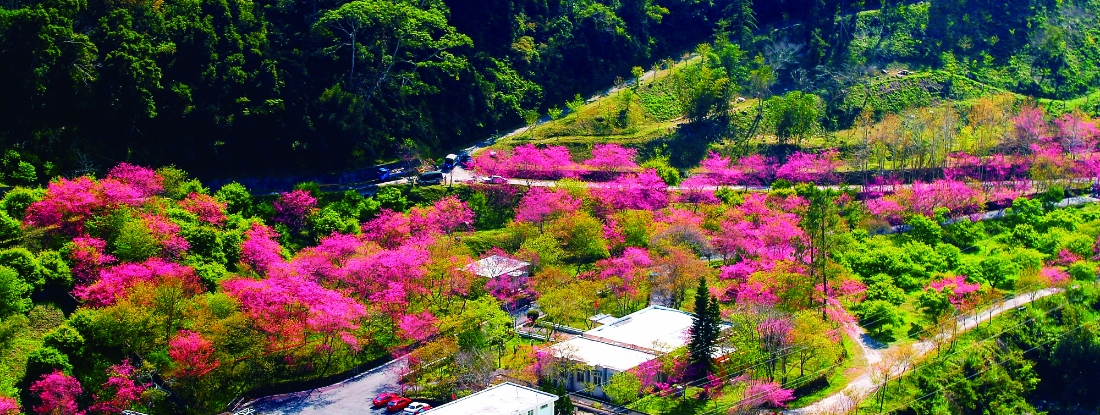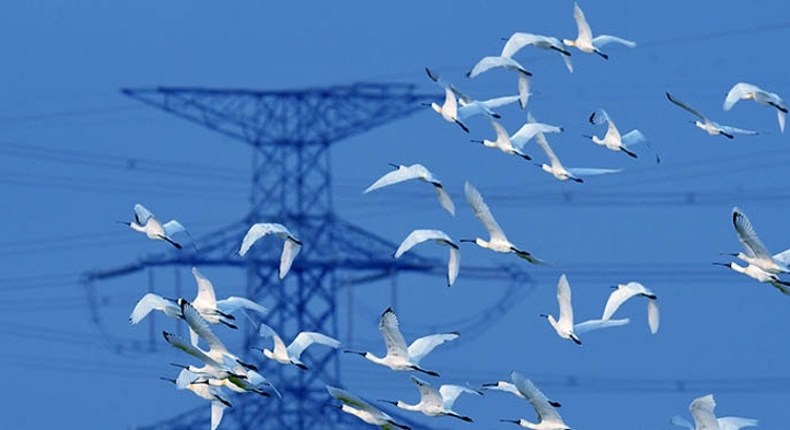Taipower's power plants are both reliant on the natural resources provided by their surrounding ecosystems, and the cause of negative environmental impact and “Not In My Backyard” (NIMBY) reactions by the public. Consequently, Taipower proposed an environmental white paper to build an ecological integration strategy with nature-based solutions and to implement ecological integration projects for power facilities as an adaptation measure. At the corporate level, Taipower implements Other Effective Conservation Measures (OECMs) that contribute to progress on T-SDGs, the Pathway to Net-Zero Emissions, and the United Nations Convention on Biological Diversity's 30 x 30 goal.
Taipower has evaluated 15 potential power plants using indicators based on the natural environmental (habitat, biology, and ecosystem improvement), social manpower (internal and external stakeholders), and the economy (countable and uncountable benefits). Subsequently, the Taixi Wind Power Plant, the Hsinta Power Plant, the Dajia River Power Plant, the Cholan Power Plant, and the Wanda Power Plant were selected as target power plants for implementing medium to long-term ecological projects. Taipower invested NT$240 million and the efforts of nearly 20,000 workers between 2021 and 2023. The result was the completion of ecological resource surveys and the formulation of development strategies for all 5 power plants. In addition, as of 2023, the Company has completed the installation of bat nesting boxes at the Taixi Wind Power Plant. Moreover, the Hsinta Power Plant in Kaohsiung developed the adjoined Yongan Wetland into a bird hotel, the Cholan Power Plant developed an ecological hydropower plant with fireflies and purple crow butterflies, the Wanda Power Plant began ecological projects for Taiwan soybeans, Wushe blood-spotted longhorn beetles, and Chinese tailless leaf-nosed bats, and the Dajia River Power Plant received certification as an Environmental Education Facility for its combined projects on water and land ecological protection and rehabilitation.

Organizing Implementation
Taipower's environmental policy white paper. After it was signed by the chairman and announced to the public, it was handed over to the Sustainable Environment Steering Committee of Taipower's SustainabilityDevelopment Committee, which is responsible for coordination and management of the overall action plan and performance. To ensure the feasibility of the plan’s direction and to make refinements, Taipower established an ecological conservation expert group in September 2023. The group is chaired by the chairman, and works to implement OECMs at the corporate level, and carries out expert consultations, on-site surveys, discussions, and action plans.

Environmental Education
| Items | Planning | The Taixi Wind Plant | The Dajia River Plant (Hydopower) | The Hsinta Power Plant (Thermal) | ||||
| Year | Number of Participants | Year | Number of Participants | Year | Number of Participants | Year | Number of Participants | |
| Environmental Education | 2023 | 509 | 2023 | 0 | 2023 | - | 2023 | 146 |
| 2022 | 753 | 2022 | 0 | 2022 | 642 | 2022 | 86 | |
| 2021 | 1,831 | 2021 | 0 | 2021 | 1,614 | 2021 | - | |
| Other Environmental or Neighborly Activities | 2023 | 1,068 | 2023 | 50 | 2023 | - | 2023 | 6,000 |
| 2022 | 327 | 2022 | 0 | 2022 | 38,803 | 2022 | 4,748 | |
| 2021 | 30 | 2021 | 50 | 2021 | 39,826 | 2021 | 1,573 | |
The number of beneficiaries is the number of participants in environmental education courses or activities organized by the Dajia River, Hsinta and Wanda facilities.

Leveraging Strengths to Restore Biodiversity and Engineering to Ensure Ecological Integration
Taipower leverages its construction expertise to plan facility integration policies from an engineering perspective. When designing new or improved power facility sites, the natural characteristics and cultural background of each region need to be integrated to formulate an integrated plan that is tailored to local conditions. For areas affected by natural disasters involving rivers and slopes, the causes of disasters should be systematically analyzed, and the design must minimize interference with the ecological environment and maximize benefits for residents. For new facility construction projects, four strategies – avoidance, reduction, mitigation and compensation – must be sequentially evaluated. Evaluation is conducted at each stage of the project and efforts are made to integrate the project structures into the local ecological environment, so as to reduce the impact of the project on the environment. For existing facility improvement projects, work is based on biological data and the migration, reproduction and foraging requirements of habitat dependent species. The design must allow animals to escape, provide passageways for movement, and avoidance, and compensate for habitat requirements. These measures facilitate the natural restoration of the ecological environment after interference from construction projects, and make the area a safe habitat for animals.




